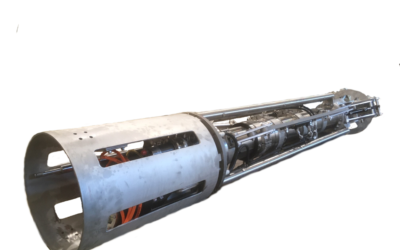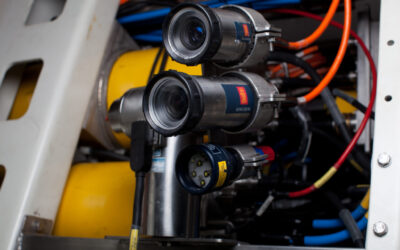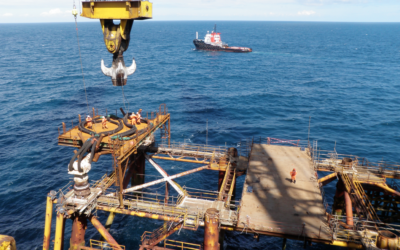In today’s world, where environmental concerns are paramount, sustainable construction practices have become increasingly important. Developers, architects, and construction professionals are actively seeking ways to minimize the ecological impact of buildings and ensure their long-term sustainability. This is where BREEAM (Building Research Establishment Environmental Assessment Methodology) and its Norwegian counterpart, BREEAM NOR, come into play.
BREEAM is a globally recognized sustainability assessment method for buildings, providing a framework to evaluate their environmental performance. Developed in the United Kingdom in 1990, BREEAM has since gained widespread adoption, with over 560,000 certified developments in more than 85 countries. Its objective is to encourage sustainable design, construction, and operation practices, while also promoting occupant well-being and minimizing negative environmental impacts.
BREEAM assesses buildings across ten key categories, including energy, water, waste, pollution, health, and wellbeing. Each category has a set of criteria and performance benchmarks, against which buildings are evaluated. The assessment process considers factors like energy efficiency, carbon emissions, use of sustainable materials, indoor air quality, and ecological impact. Buildings are rated and certified on a scale of ‘Pass’, ‘Good’, ‘Very Good’, ‘Excellent’ and ‘Outstanding’.
BREEAM NOR is a variant of BREEAM specifically tailored to the Norwegian market. It incorporates national standards, regulations, and best practices to ensure its relevance and effectiveness within the country. BREEAM NOR was launched in 2010 and has quickly become the go-to sustainability assessment method in Norway.
Both BREEAM and BREEAM NOR offer several benefits for developers, building owners, and occupants. Firstly, they provide a clear framework for sustainable development, guiding project teams in making informed decisions. By setting environmental performance targets, BREEAM encourages innovation and pushes the boundaries of sustainability in the built environment.
Secondly, BREEAM certification enhances a building’s market value and reputation. A BREEAM-rated building demonstrates a commitment to sustainability, which can attract environmentally conscious tenants, investors, and buyers. Additionally, the certification process promotes collaboration among project stakeholders, fostering knowledge exchange and driving continuous improvement.
Furthermore, BREEAM supports the achievement of national and international sustainability goals. By addressing key environmental and social aspects, BREEAM aligns with initiatives like the United Nations’ Sustainable Development Goals (SDGs) and local regulations aimed at reducing carbon emissions and enhancing resource efficiency.
In conclusion, BREEAM and BREEAM NOR are instrumental in driving sustainability in the built environment. These assessment methods provide a robust framework for evaluating and improving the environmental performance of buildings. By encouraging sustainable design, construction, and operation practices, BREEAM and BREEAM NOR play a vital role in creating a more sustainable and resilient future. As the world continues to prioritize environmental stewardship, these assessment methods will continue to shape the future of the construction industry by promoting sustainability and fostering innovation.
Scanmudring is currently building a new Headquarter at Gismerøya in Mandal, Norway. Our Headquarter is build in accordance with the BREEAM-NOR 6.0 standard and to be rated and certified as ‘Very Good’. This a natural step towards our goal to be a net zero company by 2030.


